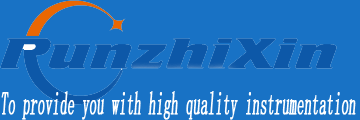A horizontal tension machine is a device used to test the tensile strength and breaking strength of materials. It stretches the sample by applying force and measures the strain and stress changes in the material during different stretching processes to assess its mechanical properties.
The horizontal tension machine mainly consists of two main components: the loading system and the control system. The loading system usually consists of a motor, a pair of fixtures and sensors. The motor transmits force through a rotating shaft so that the fixture is fixed at each end of the sample. A clamp is a specially designed device that holds the sample firmly and ensures that the sample remains stable during stretching. Sensors are used to measure the force applied by the loading system and the elongation of the sample. The control system is used to control the loading and recording of data for accurate mechanical testing.
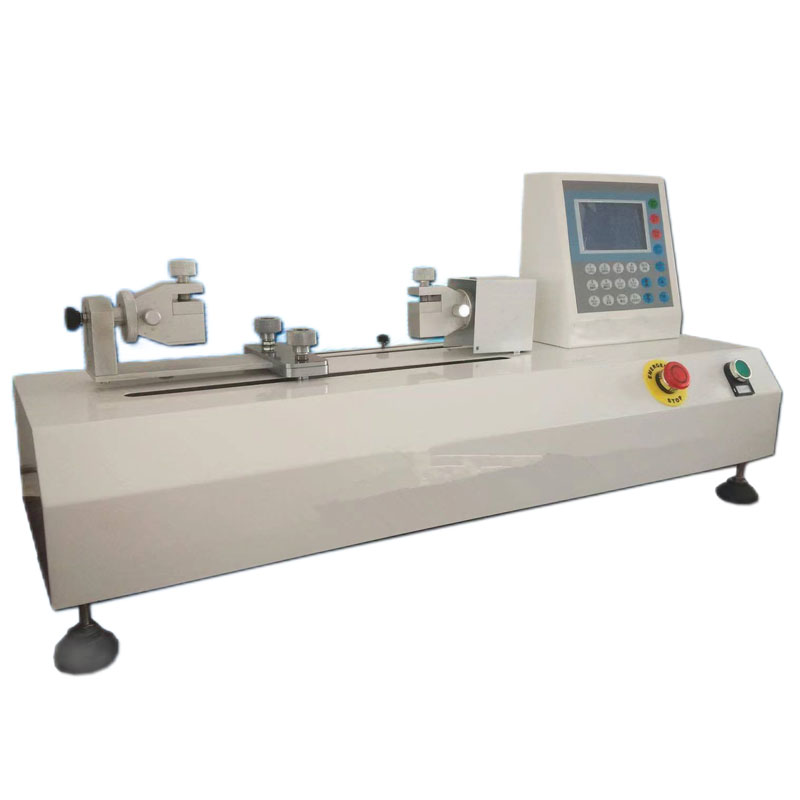
Horizontal tension machines are widely used in materials science, engineering and manufacturing. In materials science, horizontal tensile machines can be used to test the mechanical properties of different materials, such as tensile strength, yield strength and fracture strength. This data is crucial for studying material properties, designing new materials and improving the properties of existing materials. In engineering and manufacturing, horizontal pull machines can be used to assess the reliability and durability of materials to ensure the quality and safety of products under normal conditions of use. Horizontal tensile machine is also known as 180 degree peel strength testing machine, some products or industries in addition to the reference to its 180 degree peel strength test, but also need to refer to its vertical 90 degree peel strength (also known as vertical tensile machine).
The use of horizontal tension machine is relatively simple, but it needs to follow certain operating procedures. First of all, the appropriate fixture and sample size need to be selected to ensure the accuracy and repeatability of the test. The sample is then clamped into the fixture and the required drawing speed and loading force are set. During the stretching process, the control system will record the strain and stress data in real time and generate the stretching curve. Finally, data analysis and evaluation are carried out according to the test results.
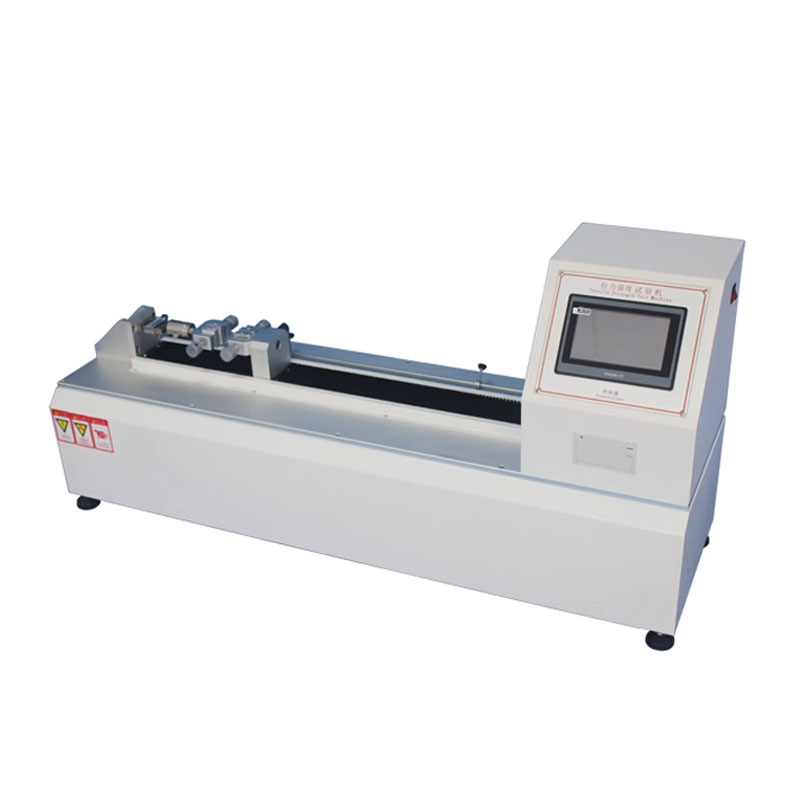
In summary, the horizontal tension machine is an important mechanical test equipment for evaluating the tensile properties and breaking strength of materials. It plays an important role in fields such as materials science, engineering and manufacturing. By performing accurate tensile tests, horizontal tension machines provide critical mechanical data to help researchers and engineers understand the properties of materials, improve product design, and ensure product quality and reliability. As technology continues to evolve, horizontal pull machines will continue to evolve and improve to provide more accurate and reliable test results for various industries.
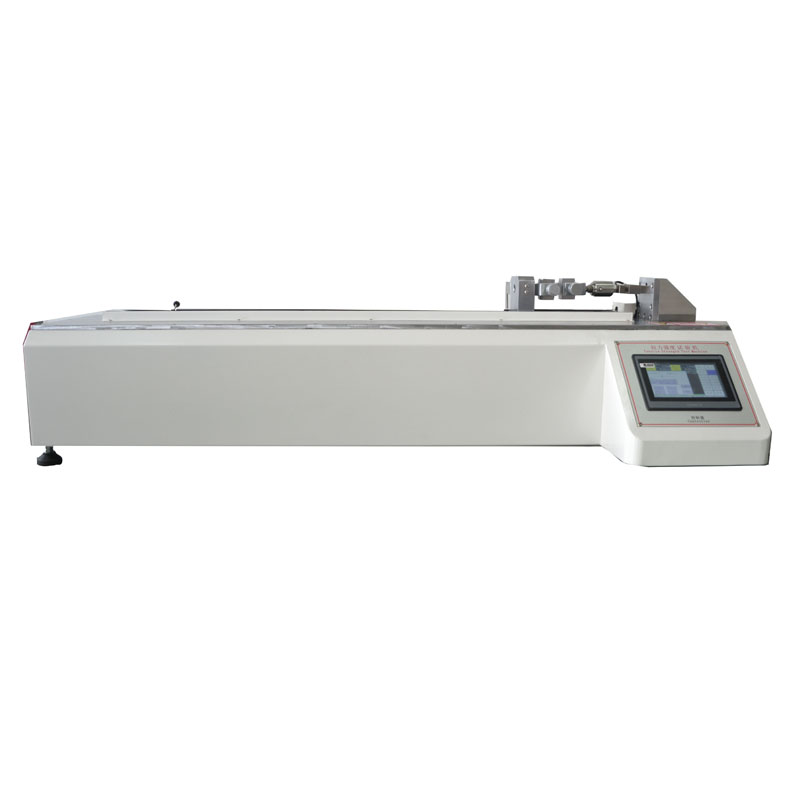
Warm tips: Due to the horizontal tension machine appearance and performance continue to upgrade, the picture is for reference only, call for details, more professional advantages testing instruments are selling...
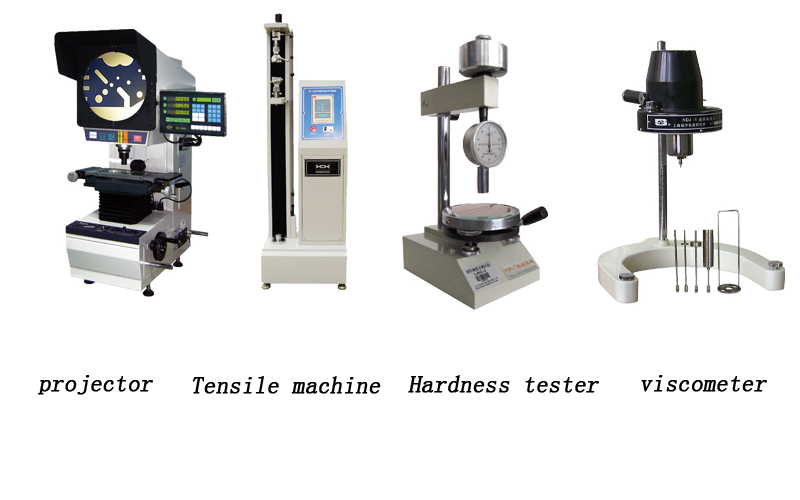
Contact information:
Company: Dongguan Runzhi Electronics Co., LTD
Contact: Mr. Zheng 13712847488
